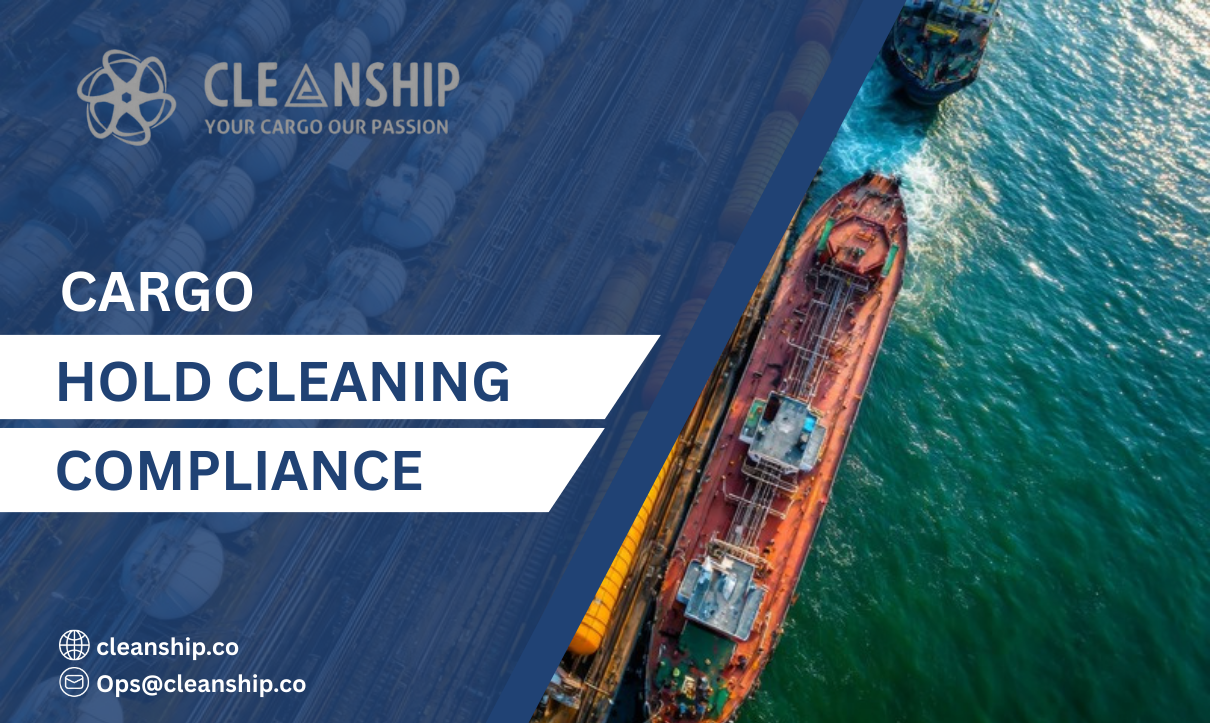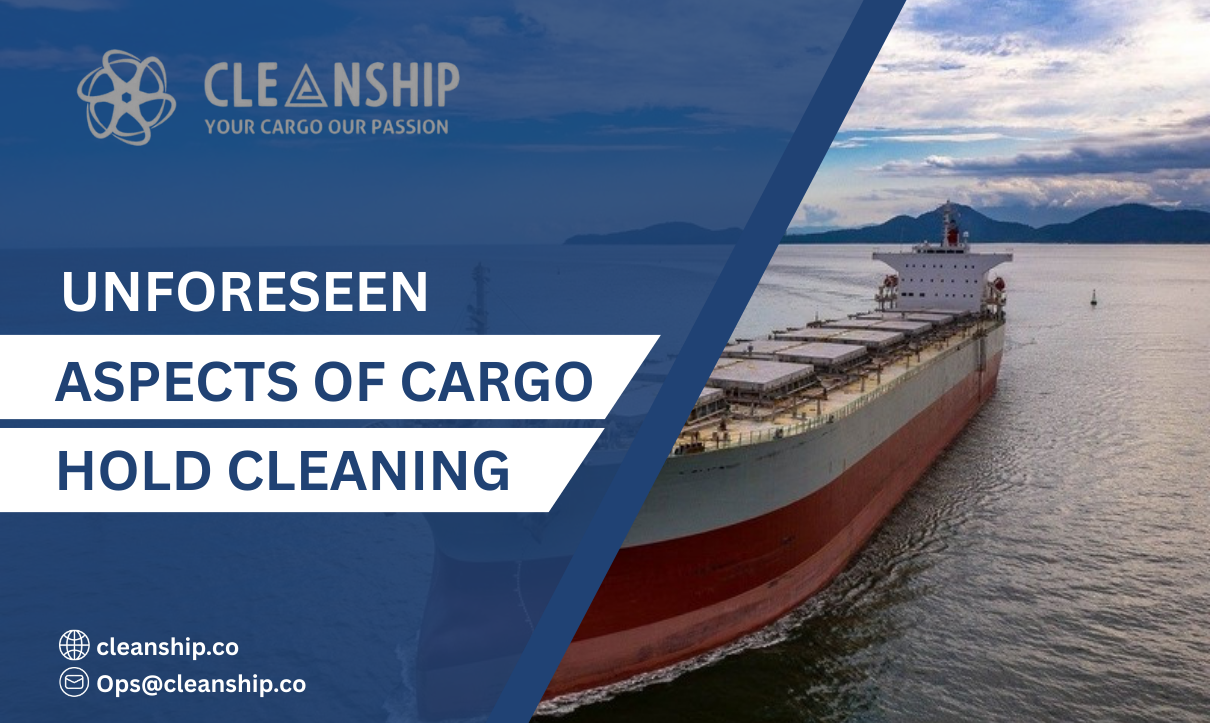AMSA sustains a network of over 480 marine Aids to Navigation (AtoN), in line with international standards, to provide safe navigation in Australian waters. In a current publication, AMSA highlights that AIS AtoN technologies must be replaced with systems that are saved according to modern cybersecurity best practices.
AMSA also consults how this new reality will affect these systems and what must be considered to secure navigational safety. As explained, AMSA’s AtoN network is mostly used by commercial shipping and includes traditional lighthouses, beacons and buoys as well as electronic aids (i.e., racon and Automatic Identification System (AIS) AtoN). The states, ports, and territory collectively serve many more AtoNs.
Read also: Decrease Speed When in Highly Congested Waters
Notwithstanding these benefits, limitations to assess include a requirement for suitably located base stations, risk of inaccurate position data, and susceptibility of AIS data to spoofing or jamming.
AMSA highlights virtual AtoN is not intended to substitute physical markers but rather complement them where traditional infrastructure is impractical. Heritage lighthouses will continue to be an essential part of Australia’s culture
8 key trends to consider
1. Maritime communications will be an enabler for inventive AtoN solutions
2. Growing usage of electronic AtoN (e.g. AIS/VDES AtoN) to supplement the physical marking of dangers to navigation, particularly temporary hazards.
3. The relative ease of launching virtual AtoNs (i.e., for marking hazards in an emergency)
4. Advances in the evolution of physical AtoN (Internet-ofThings).
5. Physical AtoNs may become a secondary origin of navigation information for some vessel types, however, will remain an essential component of Australia’s AtoN network.
5. With the growth in the use of new technology radars, conventional racons are not as effective.
7. Harmonisation and improvements in AtoN networks stay important nationally and internationally.
8. Increasingly connected networks of navigation services and AtoNs may be vulnerable to cyber threats.
Read also: Safety Study Grills the Carriage of Charcoal
AMSA other noted that ships will increasingly need modern navigation systems that are capable of virtually using electronic AtoN. Virtual AtoN will remain effective in increasing awareness of navigation hazards for crew on vessels fitted with compliant navigation systems.
The benefits are:
- Enhanced safety through real-time and authentic information
- Integration with existing onboard systems (e.g., complementing visual aids) Faster response to temporary troubles.






Leave A Comment